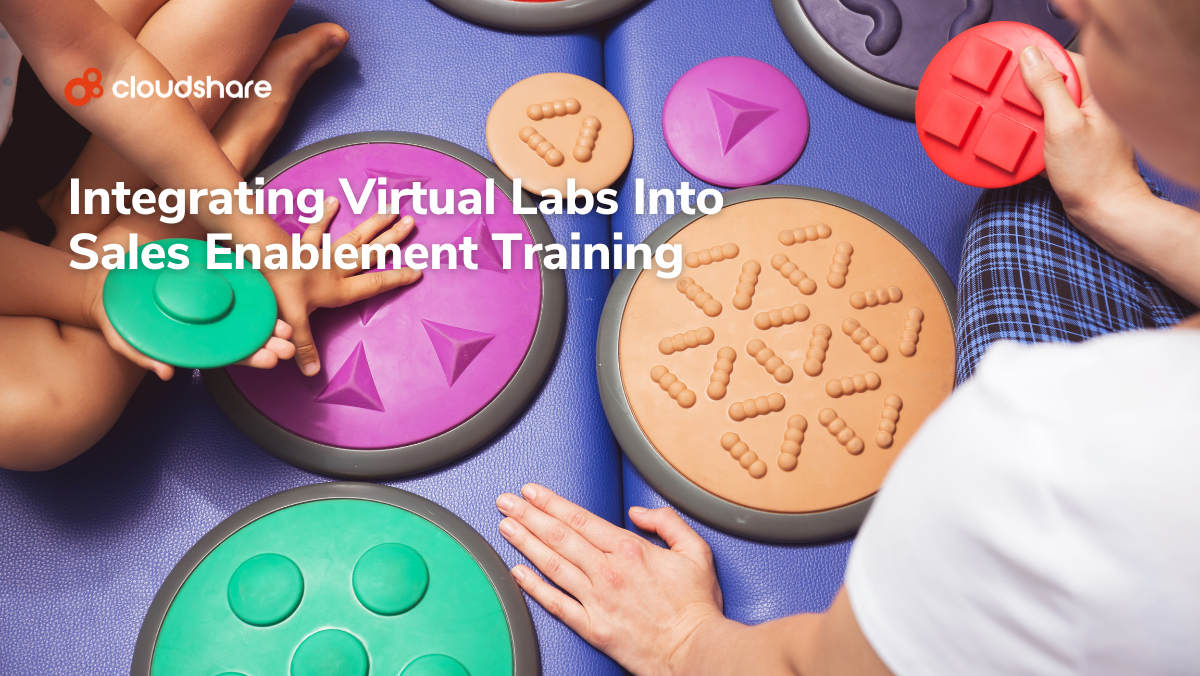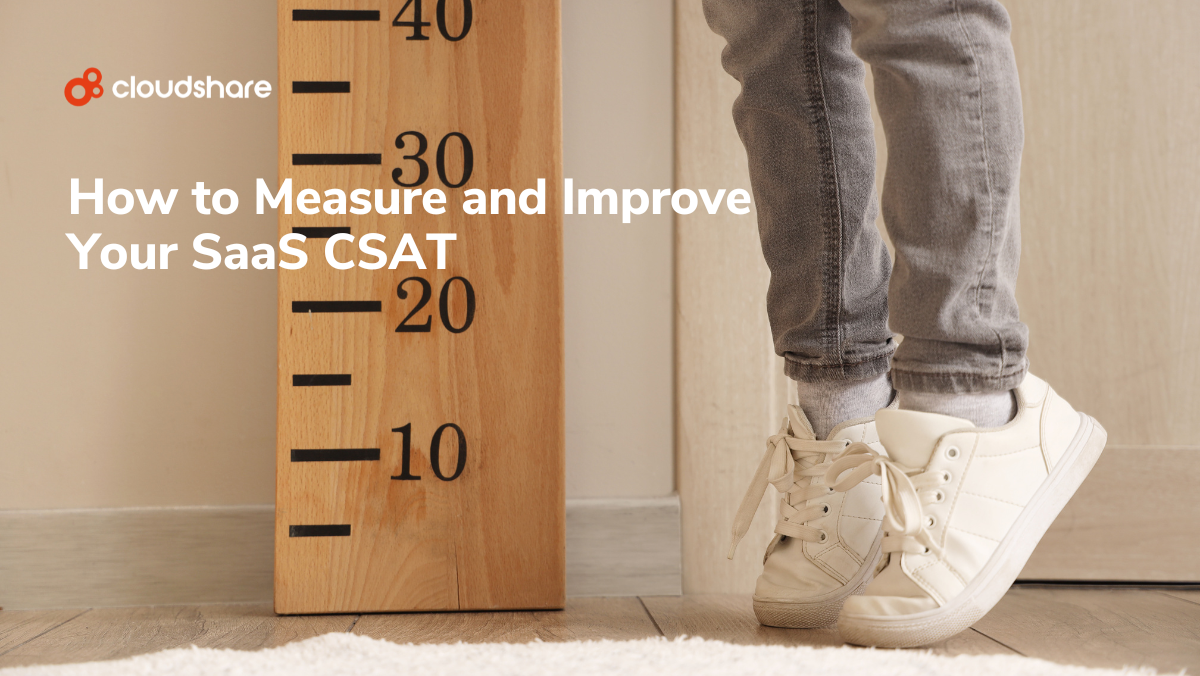
“Tell ’em what you’re going to tell ’em; next, tell ’em; next, tell ’em what you told ’em.”
The origins of the quote are obscure, but you’ve probably heard it, or a variation, at some point in your career. It applies to pretty much any form of communication, from education to entertainment — and especially to sales.
Picture this: You’ve just scheduled a crunch call with a major prospect. You’ve got a sales demo environment ready to go. All that’s left is to show up and do what you do right?
Not exactly.
Demo preparation requires more than a loose plan and a product demo platform. You need to create a structured plan that lays out the sequence of events from beginning to end. You need a demo agenda.
Let’s go over what you need to know when designing one.
What is a Demo Agenda?
A demo agenda is a carefully written, step-by-step outline of a sales demo. It’s usually emailed to the prospect a day prior to the demo.
The agenda serves several purposes:
- It lets stakeholders know what to expect and reassures them their time will be well spent.
- It helps you mentally prepare for the demo.
- It catches the prospect’s attention, reminding them that the demo is happening, showing them how seriously you’re taking it, and reducing the risk of a no-show.
Designing a Winning Software Demo Agenda
While your demo agenda shouldn’t be overly complex, it should also be more than a bullet list of pain points, features, and benefits. This isn’t about you. It’s all about them. Keep that in mind as you review the best practices below.
Know Your Audience
At the outset, you need to answer the following questions:
- Who’s attending the demo? Make sure you know their names, positions, career histories, and professional interests.
- Why is the prospect interested in your software? What’s their use case? Are you in the frame to replace an existing product or is this a greenfield lead?
- What does the prospect’s technology stack look like? Where and how will your offering fit?
- What features are most relevant to the prospect based on their needs? Are these capabilities new to them? Do your competitors offer something similar?
Pin Down those Pain Points
Once you’ve got a general idea of what a prospect is looking for, the next step is to drill down and examine each of their pain points. Sounds painful, right? Think about the unique challenges facing your prospective customer. Try to narrow your focus to the client’s three most significant issues. And bear in mind that these can be both professional and personal. They can relate to operational challenges as well as individual concerns such as how the prospect or their department is perceived within the company. Never forget that you’re selling to people, not to a faceless entity.
Set a Structure
Get your notebook ready — it’s time to write the agenda. This is as much a resource for you as it is for the prospect. It will help you stay focused and on track, while the prospect is given a general idea of how the demo will progress. This is where you tell ’em what you’re going to tell ’em.
Generally, a product demonstration should take no more than half an hour divided as follows.
Introduction (Five Minutes)
Break the ice and share the agenda to establish a rapport with your prospects. Introduce everyone if necessary and make some small talk. Keep it brief — especially if everyone’s already met before.
Overview (Five Minutes)
Show the prospect you understand them by providing a quick summary of their challenges and pain points. For each issue, clarify how your software can help, then discuss any other relevant features or benefits. Once that’s done, it’s time to get into the meat of the demo. It’s time to tell ‘em.
Solution Mapping (Fifteen Minutes)
This is where you prove your software’s value. A demo is always a show-and-tell affair. But these days, the most compelling demos use hands-on, fully interactive virtual environments — the same technology used widely for training purposes — that simulate either the vendor’s or the prospect’s back end.
You can use a product demo platform to show a prospect how your software solves their problems. Better yet, after the demo, you can hand over the keys and kick off a POC that offers a crystal-clear idea of what the prospect will be getting. Just make sure you avoid the following pitfalls during the demo:
- Getting too technical: this demonstration is about the prospect. They don’t need to know how your software works, only that it does.
- Not leaving any room for a Q&A: most prospects have questions after a demonstration. Make sure you have time to answer them — and more importantly, that you know how to answer them.
- Moving too fast: proceed at the pace the prospect seems most comfortable with, and be willing to stop and explore or explain a feature in greater depth if it catches their attention.
- Not mentioning other benefits and differentiators: there are almost certainly other vendors that can address the prospect’s challenges. Why should they choose you over your competitors?
Next Steps (Five Minutes)
Finally, it’s time to tell ’em what you told ’em. Sum up the main points you’ve covered to cement them in the prospect’s mind. And don’t think of the summary as something that’s set in stone beforehand. Update it on the fly to account for points, questions, or concerns that the prospect has raised.
Finally, talk to the prospect about what happens next. Include a reasonable timeline too. Don’t just leave it all hanging. Say that you’ll circle back by a certain date to discuss where the prospect is at in the decision-making process.
Learn How to Deliver Exceptional Product Demos
Knowing how to design a demo agenda is only the first step. You must also know how to deliver a compelling demo. Read 7 Sales Demo Best Practices to Close Prospects, then review our Complete Product Demo Checklist.




